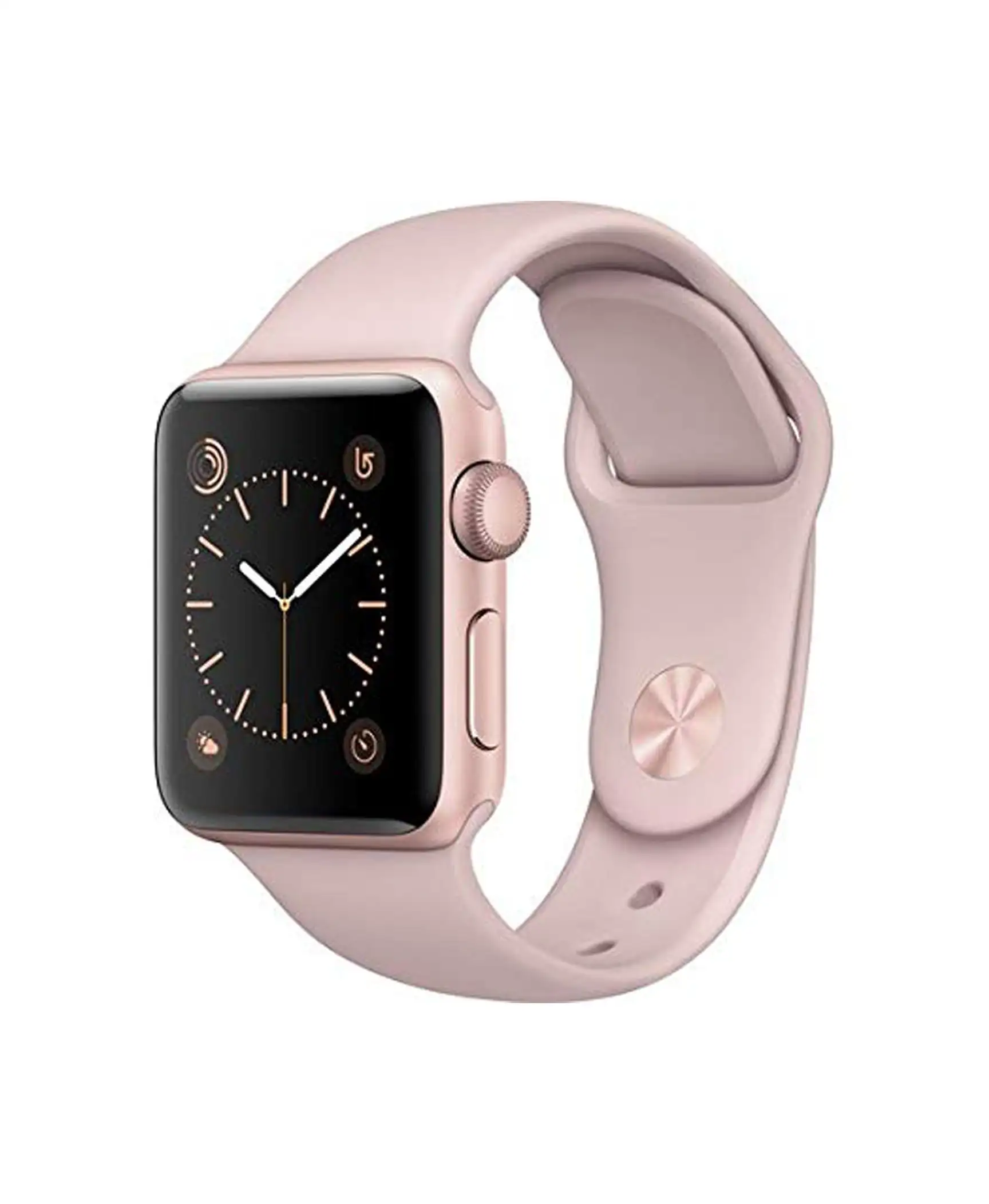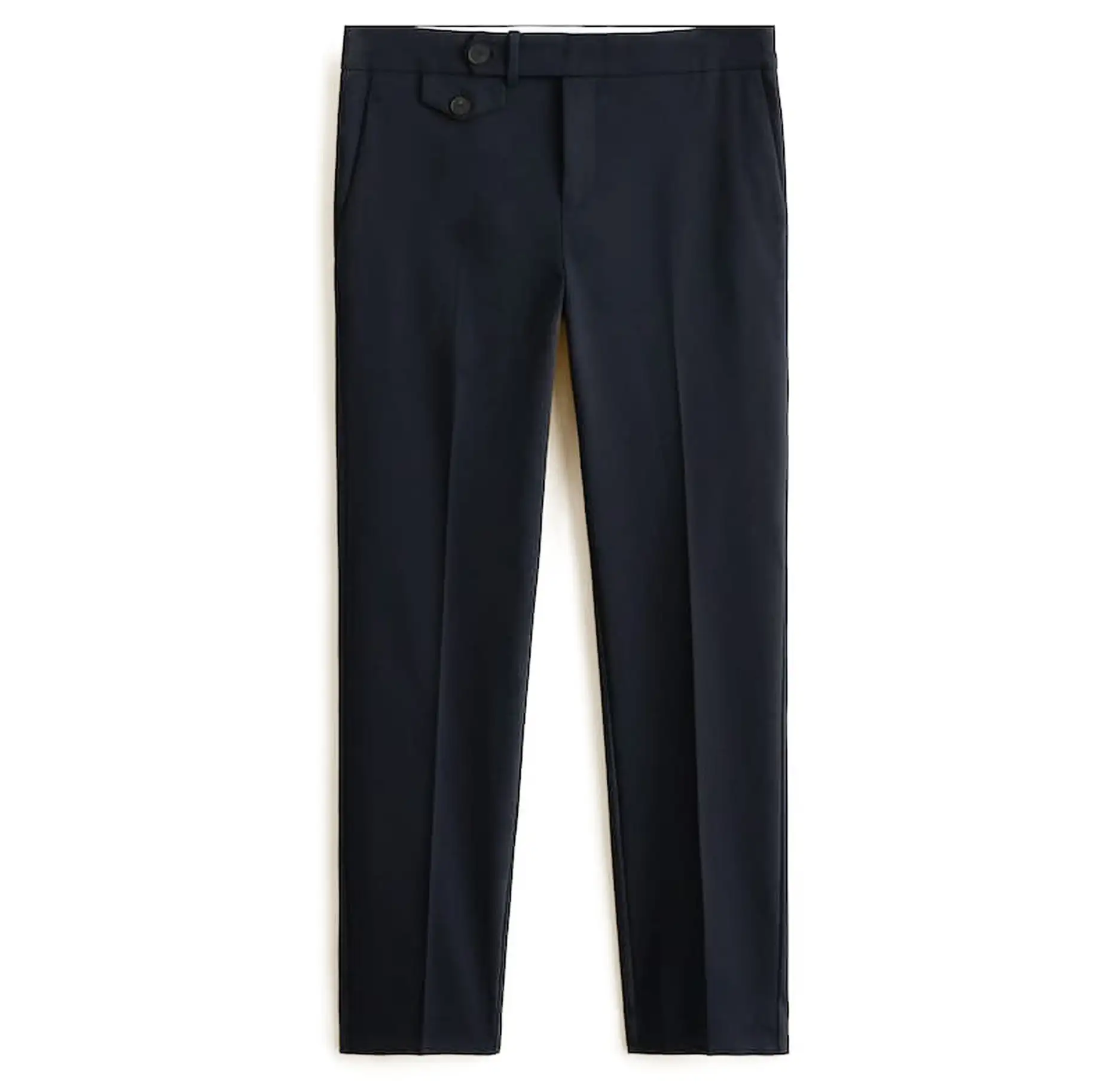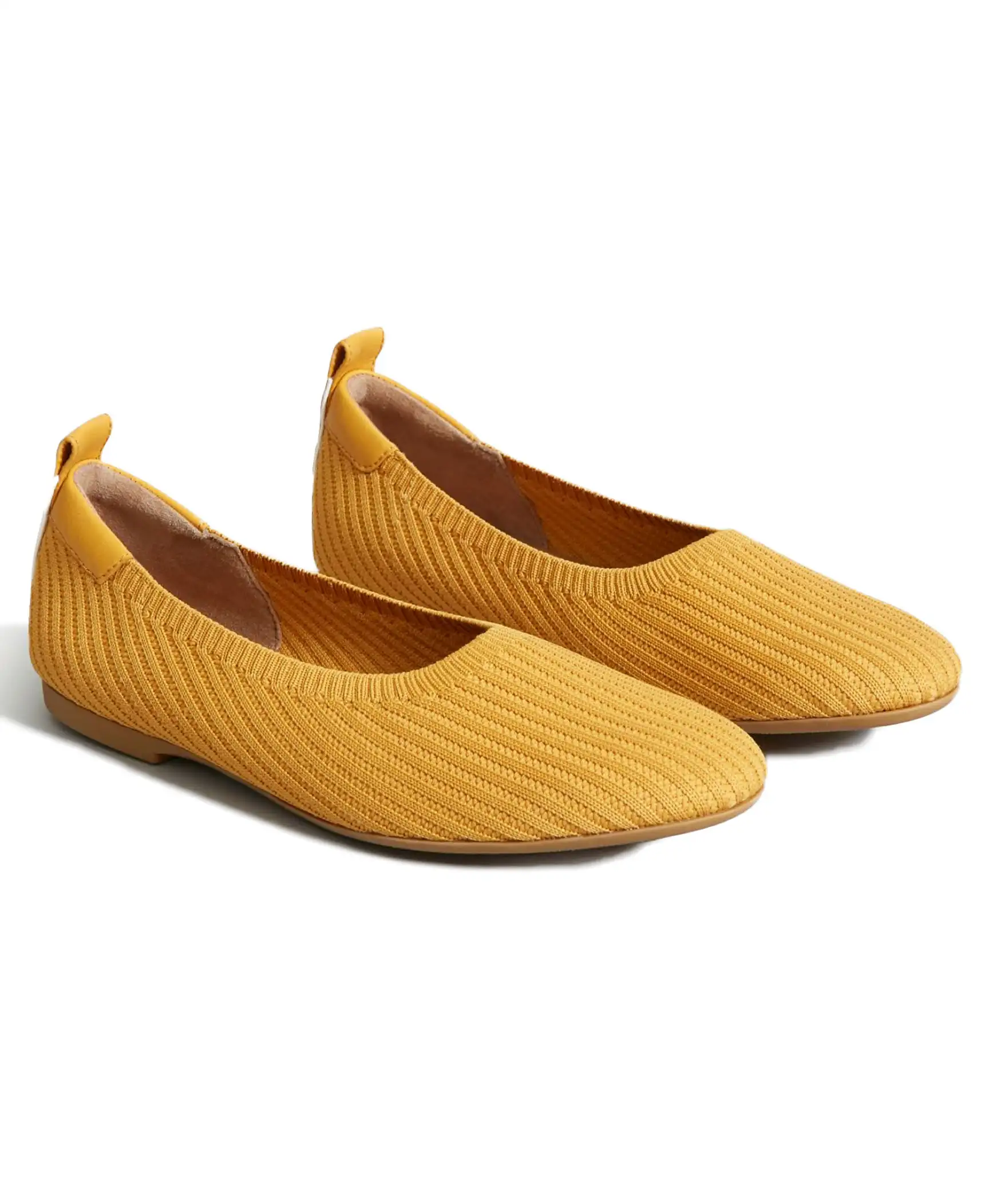Many travelers would swear that they get sick after every trip or vacation. They wonder if it was the food, the water, the piña coladas—or, like me, the airplane ride. While I don’t think you can count out the piña coladas (or that burrito you bought on the street), it turns out you could be right about getting sick after flying.
Studies vary, but most show that airline carriers are formidable carriers of the common cold. The Wall Street Journal cited a study that found an increased risk of catching the cold by as high as 20 percent, while another study in the Journal of Environmental Health Research found that colds may be 113 times more likely to be transmitted on a plane than during normal daily life on the ground.
The publishers of the second study investigate a panoply of possible causes for the increased chances of getting sick after flying, including close quarters, shared air, and, as I will explain, the most likely culprit: extremely low cabin humidity.
What Causes Airplane Colds: Low Cabin Humidity
The Journal of Environmental Health Research study runs through several potential sources of higher transmission, but settles primarily on a single likely cause: extremely low cabin humidity caused by low humidity at high elevations. (A review of the study reveals the conclusion that aircraft that actively recirculated air showed slightly lower transmission rates than those that did not.)
Most commercial airlines fly in an elevation range of 30,000 to 35,000 feet, where humidity typically runs at 10 percent or lower. At such low levels of humidity, the “natural defense system” of mucus in our noses and throats dries up and is crippled, creating a much more tolerant environment for cold and flu germs to infect us.
This protective system, called the mucociliary clearance system, is your first line of defense against harmful germs and bacteria. To wit, if the common cold is pounced on by a sufficiently moist and percolating proboscis and throttled by your throat, you remain uninfected. Shut down those systems, and you’ll be suffering within days.
Tips to Avoid Getting Sick After Flying
1. Stay hydrated. It turns out that drinking plenty of water will not only counter the overall dehydrating effects of air travel, which can lead to headaches, stomach problems, cramps, fatigue, and more, but can actually fortify your preemptive natural immune mechanisms to function considerably better. Of course, this is the case in normal daily life—when exercising, during prolonged sun exposure, etc. However, in an airplane, where your nose and throat are on the front lines of the war with exceedingly dry air, these are the first places to suffer.
Sipping water regularly throughout the flight may be more effective than drinking a lot of water at one time before or during the flight; this will keep your protective system from long dry spells. (And I do mean to single out water here—alcohol and caffeinated drinks such as coffee or sodas are less hydrating.)
Nasal mists have been found to be very effective in keeping this system working in your nose. (I like the ones from Ayr.) Additionally, hot drinks are a good way to keep your protective mucous membranes working—first, to assist in keeping you generally hydrated; second, by triggering the system into gear; and third, by directly providing moisture in the form of steam. Note that this is not a treatment per se. Rather, it just keeps your defenses strong and functioning to prevent you from getting sick after flying.
Other options for keeping your mucous membranes moist include misting your face and breathing through a damp washcloth, as recommended by USA Today.
Collapsible Water Bottle
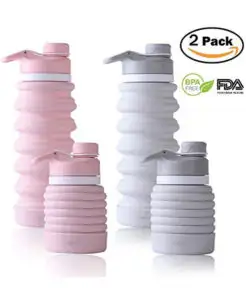
The compact design of these collapsible water bottles makes it the perfect bottle to bring along with you and a loved one to stay hydrated during trips. Not only are these water bottles beautiful, but they are also environmentally friendly and reusable.
2. Keep your hands clean. Your hands are the most consistent point of first contact with cold, flu, and other germs on planes and elsewhere. It is a direct line from armrest/seatback to fingers to fork to mouth to full-blown fever a few days later. Scientists report that the viruses that cause colds and flu can survive for hours on your skin or on solid objects and surfaces. According to Travelmath, the dirtiest surfaces on airplanes include tray tables, overhead air vents, lavatory flush buttons, and seatbelt buckles.
Fortunately, the simple act of washing your hands with hot water and soap is a formidable rampart against this transfer of harmful microorganisms. If possible, wash your hands before any in-flight meals, and after your flight as well. Keep in mind that the water on planes isn’t typically potable, so you might want to combine hand washing with hand sanitizer, such as this travel-size option from Purell.
Given that tray tables are known to carry a high volume of germs, you might want to wipe yours down with a sanitizing cloth before any meal or snack.
Travel Sanitary Kit
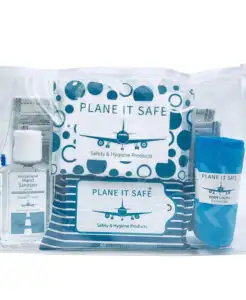

Keep yourself, your loved ones, and your family protected from germs. This TSA-compliant kit makes the perfect companion to your getaway. The compact reusable bag contains antibacterial wet wipes, hand sanitizer facial tissues, four face masks, and a pair of foot covers.
How to Make Your Own Hand Sanitizer
3. Don’t forget dental hygiene. Just as keeping your hands clean can prevent transmission of germs, using a germ-killing mouthwash in-flight may add another layer of protection while simultaneously helping to keep your throat moist. Just make sure your mouthwash bottle is 3.4 ounces or smaller to comply with the latest carry-on rules for liquids and gels.
2 Pack Charcoal Activated Travel Tooth Brushes


These portable, charcoal-activated toothbrushes fit comfortably in toiletry bags and any carry-on bags. Paired with travel-size toothpaste, you can kiss that travel cold goodbye and say hello to fresh-smelling breath.
4. Take your vitamins. The rapid response effect of vitamins is unproven, but many travelers swear by them. Charles Westover, a retired VP of fleet management for a major shipping company, starts taking vitamins two days before flying. “I have no idea if it helps at all, but of the hundreds or thousands of flights I have taken, I rarely get colds,” he said. “I just take a standard multivitamin, and it has never let me down.” The NIH concurs, sort of, stating that no conclusive data has shown that large doses of vitamin C will prevent colds, although it may reduce the severity or duration of symptoms.
Vitamin C Tablets
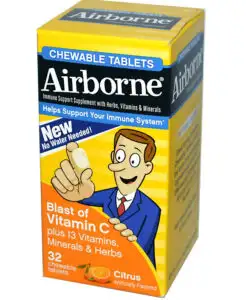

The recirculated air and the presence of constant coughing and sneezing of passengers on planes can make flights breeding grounds for colds. Fight back against the germs by arming yourself with a dose of vitamin C.
5. Prevent airborne germs. The NIH cites airborne germs as one of the top two sources of cold virus infection; some travelers have taken to wearing face masks either to prevent infection or to protect others when they themselves are already infected. Personally, I wouldn’t last more than a half-hour or so behind a hot mask, but this may be an effective way for some travelers to prevent getting sick after flying.
If you’re not up for wearing a mask, avoiding germs might be as easy as choosing the window seat. One study found that people sitting on the aisle are more likely to contract norovirus, according to TIME.
Finally, no matter where you’re sitting, you can use your overhead air vent to steer germs away from your face. Aviation medicine specialist Dr. Mark Gendreau told NPR that to blow germs away from your mouth and nose, you should angle the flow of air so you can feel it on your hands when they’re in your lap.
As the proverb goes, an ounce of prevention may be worth a pound of cure—or perhaps 113 cures—when it comes to getting sick after flying.
More from SmarterTravel:
- 18 Surefire Ways to Get Sick While Traveling
- 9 Over-the-Counter Medicines You Should Pack for Every Trip
- 9 DIY Ways to Upgrade Economy Class
Ed Hewitt is a seasoned globetrotter who brings you a monthly glimpse into the latest travel news, views, and trends—and how they could affect your travel plans.
Editor’s Note: This story was first written in 2017. It has been updated to reflect the most current information.
We hand-pick everything we recommend and select items through testing and reviews. Some products are sent to us free of charge with no incentive to offer a favorable review. We offer our unbiased opinions and do not accept compensation to review products. All items are in stock and prices are accurate at the time of publication. If you buy something through our links, we may earn a commission.
Related
Top Fares From
Today's Top Travel Deals
Brought to you by ShermansTravel
Kenya: 14-Night Tour, Incl. Tanzania &...
smarTours


7-Night Bermuda Cruise From Round-Trip Cruise...
Norwegian Cruise Line


Ohio: Daily Car Rentals from Cincinnati
85OFF.com






